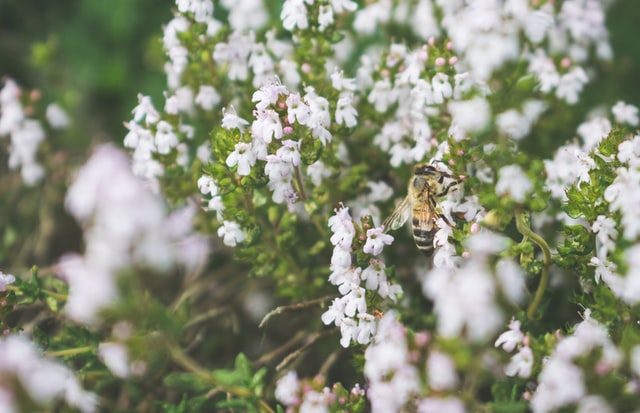Study Reveals Best Pollen Sources for Philadelphia Beekeepers
April 30, 2020
New study reveals best sources for pollen year-round for Philadelphia beekeepers.
If you are a beekeeper in Philadelphia, a new study that has been released is chock-full of information that can help your beehive thrive this spring and summer. The study, which was conducted by Penn State researchers, studied a dozen apiaries throughout the city, then tracked what flowers and plants Philadelphia honey bees were pollinating the most. This information could be very useful for inner-city beekeepers to keep their hives as healthy as possible for years to come.
Following the Honey Bees
Bees throughout the country are all going to have different preferences when it comes to what they pollinate. We often see this in the final product after the honey is harvested. Every local raw honey will have nuances very reflective of the area, which is why is it is important to know and understand what bees find particularly attractive in your specific area if you are an urban beekeeper.
Christina Grozinger, Distinguished Professor of Entomology and director of the Center for Pollinator Research, Penn State, headed the study and found some interesting information for beekeepers in the City of Brotherly Love. She stated, "We know that cities can support a surprising diversity of bee species; however, cities are complex environments, and traditional floral surveying methods can be hard to implement. By analyzing the pollen that honey bees brought back to their colonies and how the weights of these colonies changed every hour, we were able to identify the flowering plants that provide the most nutrition for bees in Philadelphia, and understand how these resources change across the seasons."
For this study, the group installed a dozen apiaries in different locations throughout the city. They then collected the pollen with traps every month. Douglas Sponsler, a postdoctoral scholar in entomology, Penn State, stated, "Ours is the first study to combine two novel techniques—continuous colony weight monitoring and pollen DNA metabarcoding—to answer simultaneously the questions of 'what' and 'how much' with respect to the flowers that are available to foraging insects. Colony weight patterns tell us when resources are plentiful and when they are scarce. Pollen DNA metabarcoding tells us which plants are available at a given time and how the floral community changes through the year."
The study found that the sources of pollen rotated with the seasons. For example, during the spring, honey bees were using maple, oak, and willow trees as their primary source of pollen. During summer and fall, when the usual sources are more scarce, honey bees were using vines such as English Ivy and Virginia Creeper as primary sources of pollen. To see the full report, click here.
Source: Phys.org
Photo by Arnaud Weyts on Unsplash


.jpg)




